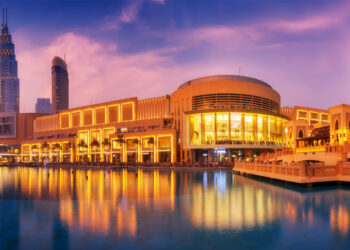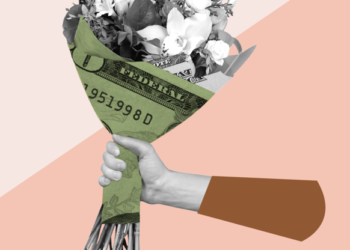The pandemic has been a blow to artisan industries, yet the lockdown demand for escapism has led to a surge in luxury appeal and luxury sales. Why is this?
There is part of me that is totally repulsed by spending so much on items when others are struggling to survive during the pandemic but for some reason the appeal of luxury goods has become all the more tantalizing.
It’s actually a phenomenon that has deep roots, particularly in North America.
For centuries the First Nations along the Pacific Northwest Coast would participate in potlatch festivities. Associated most closely with the Tlingit, Haida, and Tsimshian nations, potlatch involves displaying, giving away, or destroying valuable items in order to demonstrate wealth and power. Potlatches are also reaffirming connections between family and community, as well as connections between the human and supernatural worlds. This is where the English saying of having money to burn comes from—the display and destruction of wealth would occur most often during times of economic crises when people feel vulnerable. The moral tale is that these things are not what is important, although most people get so caught up in the display of wealth, that they forget the destroying part that these items aren’t what is important!
Lusting after luxury goods during a time of crises is a similar way of craving that potlatch display of power and wealth. It seems to become particularly important when humans feel they are struggling to keep their power and wealth, and need to re-assert their power within their group.
In a similar fashion, as many countries around the globe announced new coronavirus restrictions in late 2020, luxury handbag brands congregated to one of the coronavirus hotspots: the Mipel leather goods fair in Milan. This sent a clear message from the luxury fashion industry: “We are open for business.” It also sent the messages that, “Even though you may be losing everything, appear to look as if you have it all!”
But this is unrealistic not only for everyday people but fir the luxury brands themselves.
February’s shocking lockdown in Italy dealt the luxury apparel industry a harsh blow—factories were forced to close, and brands were left with shortages of material, orders and staff.
The fashion sector in Italy alone is a €90bn (£82bn) industry, which accounts for 40% of global luxury manufacturing and employs almost half a million people. Worldwide, the pandemic could cost the luxury market up to $100bn (£78bn), according to the Boston Consulting Group.
Although brands, big and small, successfully adapted their business models to survive during the pandemic, many luxury brands are fearful of further lockdowns.
For this reason, bargains are to be had with many high-end brands who normally destroy past season’s stock(shocking but a practice they do to keep the supply low and the demand high), instead selling this stock to the pre-loved and vintage revival websites that are flourishing on the internet, such as the Real Real and Fashion file.
It will be interesting to see whether flooding the second-hand market and making luxury brands more affordable and more attainable will finish these brands or make them even more popular and coveted.
Beyond the potlatch mentality, why do people want luxury during times of hardship? There are a few other reasons to consider:
-Luxury goods represent craftsmanship, value and are a safe investment as they are less likely to go out of fashion
-During lockdown many of us spend more hours than usual online, which fuels our desire for escapism.
-Fear buying and the urge for retail therapy kick in. In order to escape the fear of coronavirus, we’ve all started buying products online, and therefore having access to more luxury goods that aren’t available in our local communities.
The bottom line is that when we feel vulnerable, economically speaking or otherwise, we are more susceptible to craving displays of wealth and prestige. And when coupled with more time on our hands during lockdown to spend on our devices, we end up spending more than we probably should. Because when we see all of these advertisements and articles highlighting luxury goods, we want them for ourselves. We will covet what we see, as the saying goes.
What you can do to curb these cravings so that you don’t break your bank account during Covid measures when you need to be saving? The first step is to recognize that these urges are natural—perhaps even primal. So try your best to find alternate escape mechanisms such as going on walks with your loved ones, chatting on the phone or Zoom with friends, cleaning and re-organizing the house so that’s you can realize all of the things you do own and be thankful for.
And if at the end of all of this, you really feel that you are not complete without a luxury item, we have articles on how you can go about securing that item in a way that won’t break your bank account or cause you to beat yourself up about it! After all, you want to be able to enjoy the item that means so much to you.
(You can check out our article, Shop a Bargain.)









